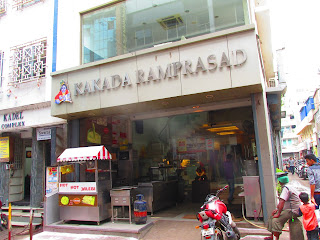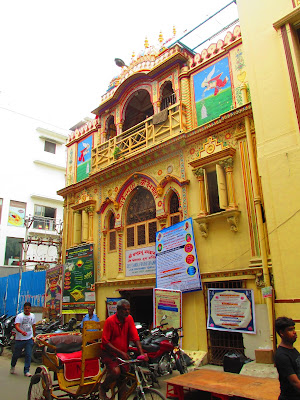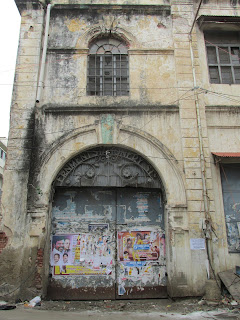Mylapore during Navaratri

Navaratri is celebrated for ten days (including Dussera) all over India. In every state, it is celebrated in a unique way. It is famous as Durga Pooja celebrations in Bengal. Gujaratis celebrate Navaratri with dandiya and garba. In Tamil Nadu, Kolu is the highlight of Navaratri celebrations. Kolu (usually misspelled as Golu) is an interesting and artistic way of displaying dolls during the Navaratri times. The dolls are placed on odd-numbered steps. This tradition of Kolu has been followed for hundreds of years in houses and, nowadays, even in temples. During the Navaratri times, all over the state, the dolls are sold in temporary roadside shops. Although the dolls are sold in every nook and corner of the state during the festival, when it comes to Chennai city, people would most like to buy them from Mylapore locality. The heritage-rich area would have hundreds of roadside shops selling thousands of dolls during the festivals. The Mada Streets around the famous Kapaleeswarar templ...







